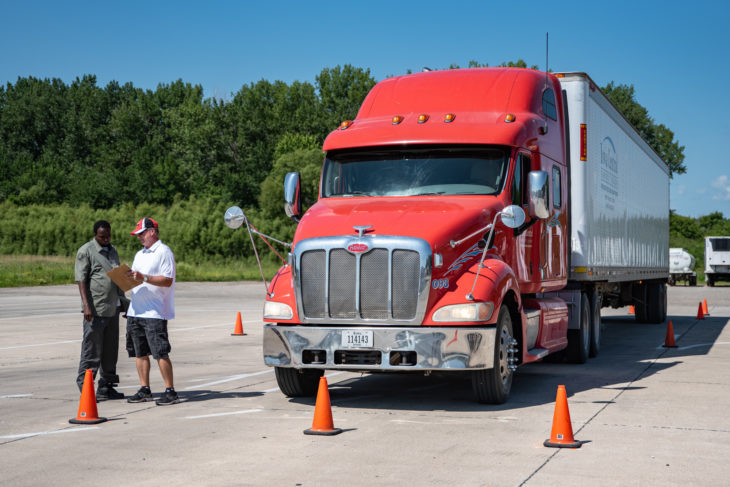The trucking industry is in for a difficult time when forecasts showed that the number of truck drivers would be 175,000 short by 2026. This projection by Bob Costello, senior vice-president of the American Trucking Association, is backed by factors such as the current shortages, forecasted demand, and 900,000 truck driver replacements for existing ones leaving the industry and retiring for the next 10 years.
On a different note, U.S. Department of Transportation (DOT) reports around 500,000 trucking accidents every year, and roughly 5,000 of those are fatal. Negligence and Driving Under the Influence (DUI) are regarded as the leading causes of truck accidents. According to experts at William R. Rawlings & Associates, because of the complexity of laws regulating commercial trucking and the differences in how liability can be assessed for these types of accidents, people who are faced with the dilemma of being injured in a trucking accident will likely require the services of an experienced truck injury lawyer.
So, how do truck accidents correlate with the driver shortage?
The full report of truck driver shortage has already been disclosed. Learn the factors that could possibly affect the 175,000 driver shortage and 900,000 replacement drivers needed over the next 10 years.

Source: ttnews
Truck Driving Risks
While the risk of truck accidents and fatality rates of truck drivers are not listed factors in the driver shortage, other factors can be closely related to it, such as young people preferring other jobs or choosing to go to college instead of considering being a truck driver. Truck drivers travel long distances with heavy loads. This job is only suited for experienced drivers with valid licenses that would grant them employment, yet accidents caused by them still remain at an alarming rate. The Bureau of Labor Statistics reported 987 fatal injuries from truck driving and other driving jobs in 2017.
Apart from the fatal risks, University of Pennsylvania professor, Steve Viscelli, pointed out that health risks also come to play in discouraging truck drivers to stay at their jobs. Unhealthy diet and smoking are behaviors observed in truck drivers. The lack of physical activity because of sitting on the driver’s seat for long hours also affects their health badly. Long-haul drivers are revealed to on-average have hypertension, high cholesterol, and high obesity rates.
Quitting Truck Drivers
At the first quarter of 2018, truck driver turnover was reported to be 94%, jumping 20% than it was in 2017. Aside from health and accident risks, there are other reasons truck drivers choose to change jobs. Monetary issues, lack of time at home with the family, bad relationships with supervisors, dispatching issues, and other complaints regarding the trucking company policies and equipment are some of the other common problems encountered by truck drivers.

Source: bloomberg
The turnover rate is a measure of truck driver demand. As the economy grows, the demand for goods by consumers will also increase. If no one could deliver these goods to the stores in time, businesses will be affected negatively. Experts also said that “as the demand for freight increases, the demand for truck drivers to move the goods will also rise”. Companies not being able to find qualified truck drivers will ultimately threaten the supply chain.
Truck driving is no joke, considering the risks involved and the difficulty of the task. Truck companies must ensure that their vehicles are safe for travel at all times, and careful assessment of drivers must always be done to confirm that they can do the job safely. Truck drivers must also be extra careful on the road to avoid accidents. Better communication between drivers and employers could also prevent problems that will eventually lead to resignation. Trucking companies should implement new programs that may attract more people to become truck drivers or to stay as truck drivers.
